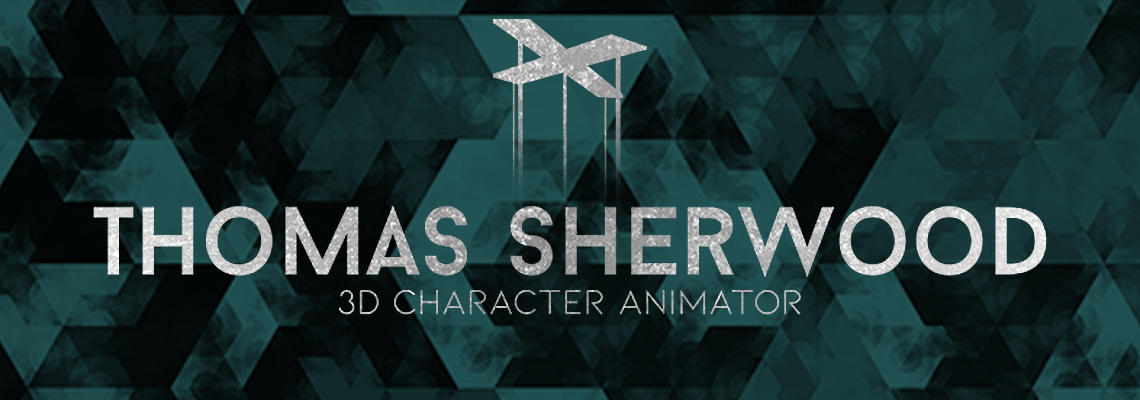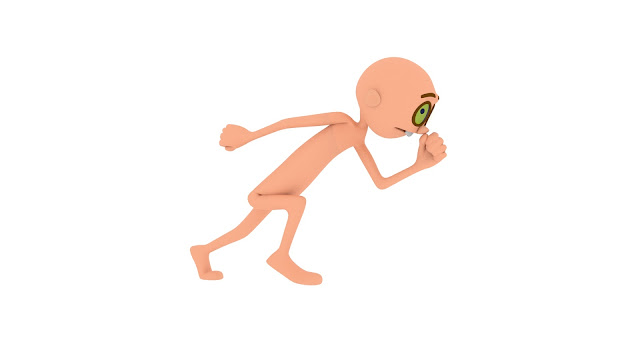The Theory came about firstly from Joseph Campbell, he wrote down the formula to what he believed made a movie addressing 'The Heroes Journey'. Below is his model of the formula and its various adapting branches. The Diagram moves anti-clockwise beginning at 'call to adventure', each tick in the model defines a new event marker which is generally required to make the formula work, however that being said, it is possible to chop and change the order, this can lead to experimentation with the message and direction of the film through the theory of montage.
Figure 1 - Joseph Campbell - Theory of The Heroes Journey Model 1949
The Theory can definitely be applied to the film Django: Unchained directed by Quentin Tarantino.
Figure 2 - Django: Unchained - Movie Poster - Quentin Tarantino
It begins at the beginning of the formula and analyse each event marker as it appears in the film in chronological order I have included a number in brackets next to the heading to identify where in the formula it naturally sits.
1) Ordinary World (1)
To the main character of Django the ordinary world consists of his life as a slave in 1858, all he knows is his struggle against the white man which own him, and the savagery of which they treat him. This fits here because of Djangos' naivety to anything further than this reality.
2) Super natural Aid (4)
Supernatural aid comes very early on for Django when he is released from bondage by Dr King Schultz, a bounty hunter. He is the supernatural aid because he appears as if an angel would appear, out of nowhere acting like a biblical miracle to raise him from his current place in the world.
3) Crossing the First Threshold (5)
This appears quite unorthodox because it is usually the beginning of the next series of event markers in a heroes journey story, however it appears before two other event markers in the separation phase of the formula. Django is a slave up until this point, his freedom is his first barrier to success, he is considered property until this point allowing him no rights, Schultz paying for his freedom means he can cross over into the initiation stage of the journey.
4) Call to Adventure (2)
This happens in the same scene as the first threshold but happens chronologically afterwards. Schultz propositions a partnership with Django to which he accepts.
(5) Refusal of the Call (3)
Django is a character balled up with righteous anger towards slavery, but isn't without emotion, the refusal comes when he is asked to shoot his first bounty, putting down his rifle is a refusal to take up the way of life which he is about to enter. Until Schultz convinces him its the right thing to do.
6) Belly of the Whale (6)
Django enters the belly of the whale when he quests to the first plantation searching for the Brittle Brothers, these outlaws have personal connection to Django as they used to torture him and his wife Broomhilda. Djangos vengence comes when he exacts their deaths for the bounty, this brings about a posse from the plantation to the commotion where Schultz produces the bounty for the men. This moment is significant because it is the point Django can turn away from this new path, however he chooses to broker into another deal with Schultz to retrieve and free his wife.
7) The Road of the Trials (7)
Django spends the winter with Schultz holding up his half of their new bargain to help him bounty hunt over the winter, this consists of a montage cutting together their various bounty nabbings into a Rocky-esque sequence. It is an initiation into the fully fledged adept of bounty hunting and signifies a transition from untrained slave to bounty hunter.
8) Meeting the Goddess (8)
Broomhilda is first shown to Django when she is removed from the hot box on the Candie Land Plantation for an attempt at running away, but he only meets her for the first time in the scene where she is brought up to Schultz in his room.
9) Woman as temptress (9)
This marker isnt so much a woman, but a male manservant named Steven played by Samuel Jackson, he becomes wise to their plans and informs Calvin Candie of their deceit towards him, he is the temptress because he has the power to stray the hero from his path.
10) Ultimate Boon (12)
After a tense moment at the dining table Django and Schultz buy Broomhildas' freedom for $12000, the papers are signed to make it legal, this is the ultimate goal of the hero, this is what he comes for.
11) Apotheosis (God-like) (11)
The moment after the ultimate boon is a sequence of god-like violence from Django where he kills a huge amount of the plantation guards completely unscathed, even to the point where it would seem lady luck has given the guards the same shooting ability instilled in storm troopers. Djangos rampage is only brought to an end when Broomhilda is held hostage.
12) Refusal of the return (13)
A broken Django is now once again back in chains being sold off to the Lequint Dickey Mining Company being marched towards his fate by a bunch of Australian slavers. At this point everything seems completely hopeless, Django has lost, the refusal comes when he decided he is going to instead of going quietly back to slavery, he hatches a plan to get free, turn around and save his wife.
13) Rescue from Without (14)
This occurs in the same scene as the refusal, Django is rescued from slavery by the slavers because they agree to cut him in on $500 of the bounty Django proposes to them for the gang he pretends is at the Candie Land Plantation, they give him a gun which gives Django the advantage to kill them.
14) Magic Flight (15) and 15) The crossing of the return threshold (16)
The Magic flight is the montage of Django traversing the landscape at high speed of which he travels with the slaver party towards the Candie Land Plantation, this happens during Calvin Candies funeral, he stops at the place where they caught the run away fighter to kill the occupants of the shack, they signify the gateway back into the Candie Land environment/threshold.
15) Atonement with the Father (10)
Schultz was the only father figure to Django. His atonement comes when he is found on the barn, Django comes and talks to his corpse to metaphorically suggest he is here to see a job finished and that Schultz would not die in vein.
16) Master Of Two Worlds
Djangos final success comes after he outwits the occupants of the Candie Land manor household, kills the plantation guards and Steven the temptress manservant, he finally blows up the house with dynamite bringing an end to the Candie rein, he is the master of the two worlds because he broke free of his world of slavery and became a free man, then again beat the new world which contained the rich white overlords, there is no one else left to stand in his way.
17) Freedom To Live (17)
Django and Broomhilda ride off into the night on horseback with the Candie Land manor house wreckage behind them. This suggests they are off to begin a new life together, the world their oyster.
Illustrations:
Figure 1 - Joseph Campbell - Theory of The Heroes Journey Model 1949
Figure 2 - Django: Unchained - Movie Poster - Quentin Tarantino




























